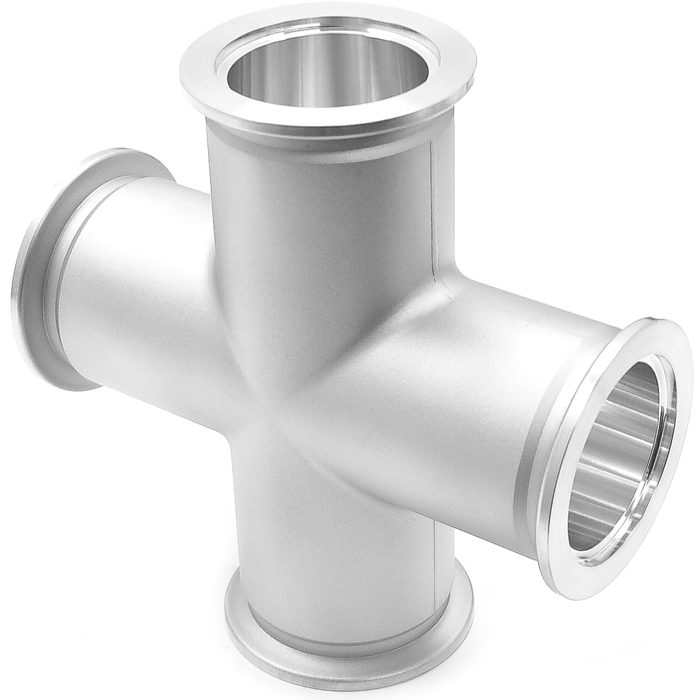Delivered and Sealed: The Role of Vacuum Ports in Protection and Precision Engineering

In various scientific and industrial uses, precision and safety are essential. One advancement that has regularly gained attention in these fields is the vacuum viewport. These custom windows offer an open view while maintaining a vacuum environment, permitting scientists and engineers to witness processes or experiments without undermining the integrity of the vacuum system. This singular capability makes vacuum viewports essential in environments ranging from substance research to medical imaging.
The role of vacuum viewports extends further than mere visibility; they are crucial in ensuring the reliability of conditions in experiments. By providing airtight seals, they prevent pollution and allow for exact monitoring of reactions and processes. Whether in a laboratory experimenting with new materials or in a production facility utilizing vacuum technology, these viewports serve as a necessary link between observation and operational efficiency, connecting the gap between the known and the unknown in scientific exploration.
Comprehending Vacuum Windows
Vacuum-sealed viewports are specialized visual elements designed to offer a unobstructed line of sight into vacuum settings while upholding the security of the sealed barrier. They are typically made from top-grade materials such as glass or quartz and are manufactured to tolerate the pressures and environments of vacuum settings. This makes them vital instruments in diverse academic and industrial uses where observation or inspection is necessary while not disrupting the vacuum environment.
In numerous science institutes, vacuum ports are used in applications such as electron imaging, where exact viewing of specimens is crucial. By allowing teams to visually observe elements within a vacuum environment, these ports facilitate the study of tests and the evaluation of samples under regulated conditions. Their construction helps to diminish the impact of environmental disturbance, ensuring that outcomes are precise and dependable.
Additionally, sealed windows play a critical role in fields such as semiconductor fabrication and deposition methods. These components enable operators to observe activities in real-time and perform necessary adjustments while not disrupting the vacuum condition. The capacity to keep a hermetically sealed seal while ensuring visibility ensures both protection and accuracy, essential factors in sophisticated manufacturing and scientific purposes.
Security Considerations
Vacuum viewports serve a critical function in maintaining safety in multiple contexts, especially in environments where toxic materials or high-energy processes are involved. The structural soundness of the viewport is paramount, as any defect can lead to the release of harmful materials or contact to unsafe conditions. Regular check-ups and strict standards during production are necessary to confirm that these parts can withstand the pressures they face.
Moreover, the material selection for negative pressure windows greatly affects their safety capabilities. Typical materials include glass and specialized glass, which must be capable of withstanding not only the negative pressure environment but also potential thermal and physical forces. Implementing a robust framework that considers these elements helps mitigate risks, ensuring the windows perform reliably without jeopardizing safety.
In addition, correct setup and upkeep of vacuum viewports are vital for job-related safety. Users must be educated in appropriate operation methods and mindful of the operational capabilities of the windows they use. Following to production guidelines and security standards can help prevent mishaps and assist to a safe operational environment, allowing personnel to focus on their work without undue worry.
Applications in Precision Work
Vacuum viewports play a essential role in diverse fields that demand exceptional precision and reliability. In research labs, they are essential in studies involving precise measurements, where even the smallest disturbance can lead to erroneous results. By providing a regulated environment, vacuum viewports enable researchers to conduct experiments with little interference, preserving the purity of delicate samples and ensuring consistent results.
In the manufacturing sector, especially in the fabrication of semiconductors and microelectronic components, vacuum viewports are crucial. They allow for the monitoring and control of processes in vacuum conditions, which are critical for the deposition of thin films and other complex procedures. These viewports facilitate real-time monitoring and inspections, enabling engineers to maintain stringent tolerances and achieve the targeted quality in their products.
Moreover, vacuum viewports are more frequently utilized in the medical field, particularly in the development of cutting-edge imaging techniques. They provide clear visibility into diagnostic equipment that functions under vacuum conditions, allowing for accurate imaging without the challenges that arise from atmospheric interference. This application supports correct diagnostics and helps in the formulation of new treatment methods, underscoring the adaptability and value of vacuum viewports in precision work across multiple industries.

